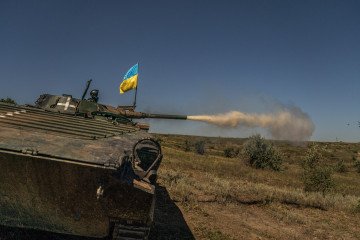- Category
- Latest news
Russia Loses Two Su-30 Jets Trying to Intercept Ukrainian Sea Drones. What Went Wrong?
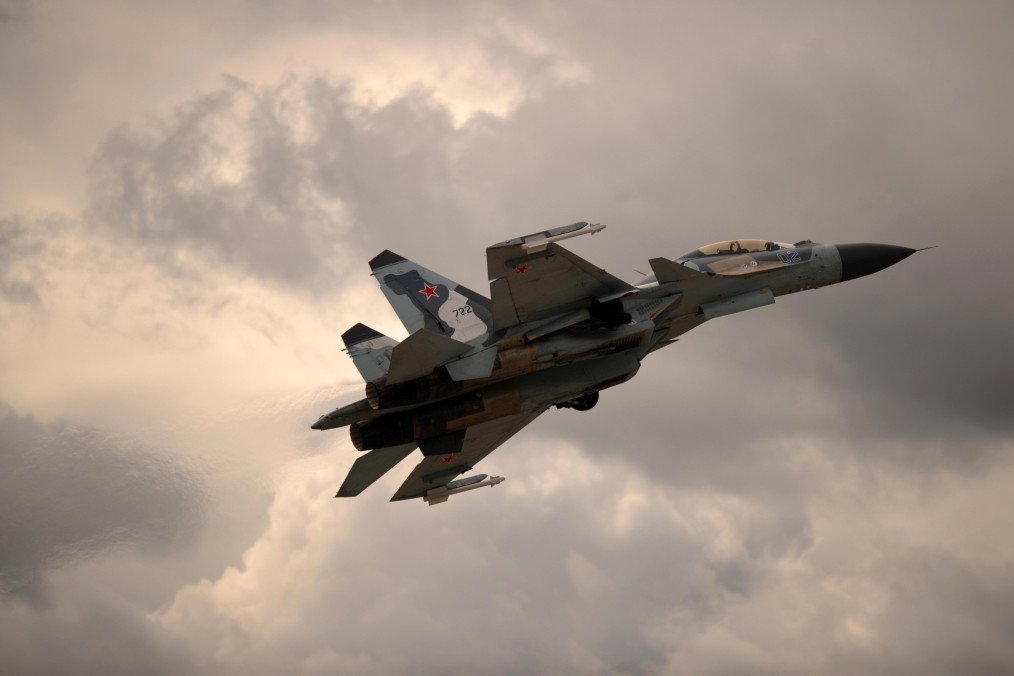
Following the unprecedented downing of two Russian Su-30 jets by a Ukrainian sea drone, new details continue to emerge about the engagement — including confirmation that American-made AIM-9 missiles were used during the strike.
According to Defense Express on May 5, the event has raised key operational questions, particularly regarding why Russia deployed high-speed Su-30 fighters to counter Ukrainian naval drones instead of more conventional patrol aircraft like the Be-12 or rotary-wing platforms such as the Ka-29.
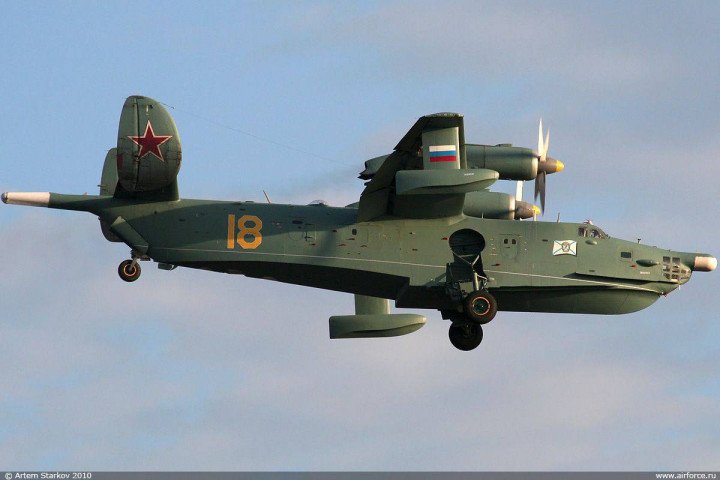
Analysts suggest the issue holds practical value, as understanding the shortcomings in Russia’s response could inform future defensive strategies.
Reports of Russia using Be-12 patrol aircraft and Ka-29 naval helicopters to monitor Ukrainian drone activity had already surfaced by late 2023. However, both platforms are considered outdated — Be-12 aircraft are described as being used until the end of their service life, while Ka-29s are in limited supply.
Despite this, Russia initially deemed these slower platforms sufficient for surveillance of Ukrainian unmanned surface vehicles (USVs), particularly given their low cost relative to modern fighter jets like the Su-30.
For context, the Ka-29 has a maximum speed of approximately 280 km/h, while the Be-12 cruises at around 320 km/h. In contrast, the Su-30 can reach speeds of up to 1,350 km/h at low altitude.
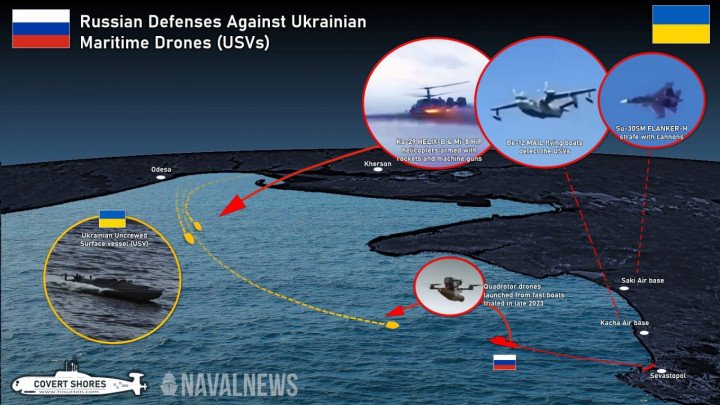
Though more capable in terms of speed and agility, the Su-30 was forced to engage the Ukrainian drone with visually guided 30mm cannon fire and unguided bombs — a method described as outdated and ineffective in modern combat scenarios.
The shift from propeller aircraft to jet fighters appears to have been driven by a turning point in December 2024, when a Ukrainian Magura V5 drone successfully shot down a Russian Mi-8 helicopter using an R-73 missile.
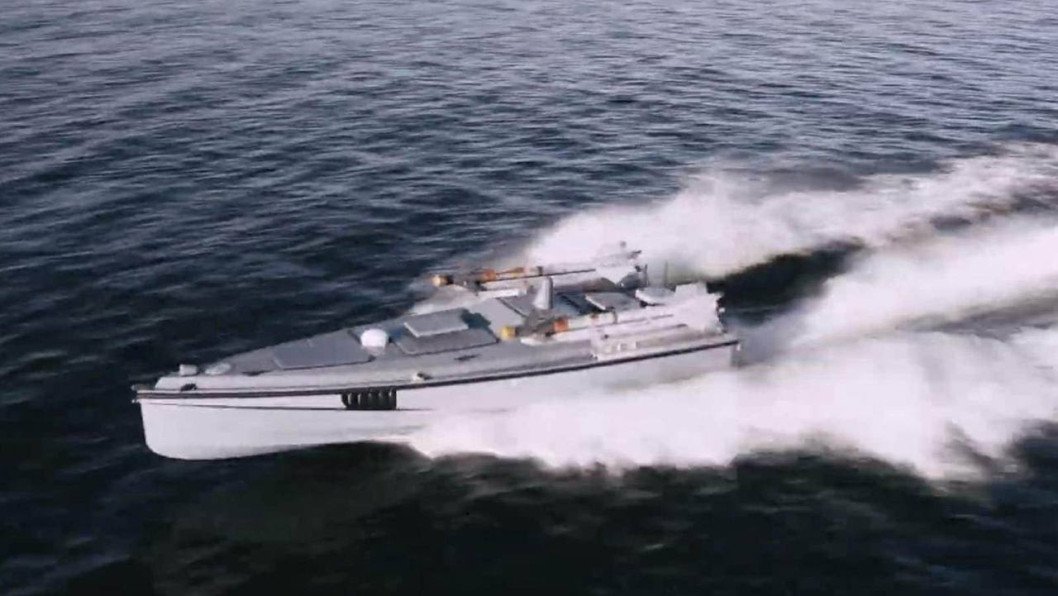
This incident reportedly prompted Russian forces to reassess the threat posed by Ukrainian naval drones and to respond with more agile and survivable aircraft, despite the increased operational risk and cost.
The result was the loss of two Su-30s, a significant blow given the aircraft’s advanced capabilities and high value. Russia may now be compelled to seek alternative countermeasures against Ukraine’s expanding fleet of armed naval drones.
Two broader lessons emerge from this event. First, the appearance of naval drones equipped with surface-to-air missiles has made even jet aircraft vulnerable in zones of direct visual engagement.
As a result, defense industry efforts may increasingly focus on precision-guided munitions capable of targeting small, fast-moving sea drones.
Second, the analysis indicates that future focus may shift toward precision-guided munitions capable of hitting small surface targets, as well as integrating longer-range air defense systems directly onto USVs — part of the ongoing evolution in the offense-defense dynamic at sea.
Earlier, on December 31, 2024, a Ukrainian Magura V5 maritime drone armed with R-73 missiles shot down two Russian Mi-8 helicopters and damaged a third near occupied Crimea, marking a major tactical shift in Ukraine’s use of sea drones, according to a January 2 report from Ukraine’s Defense Intelligence.





-72b63a4e0c8c475ad81fe3eed3f63729.jpeg)
